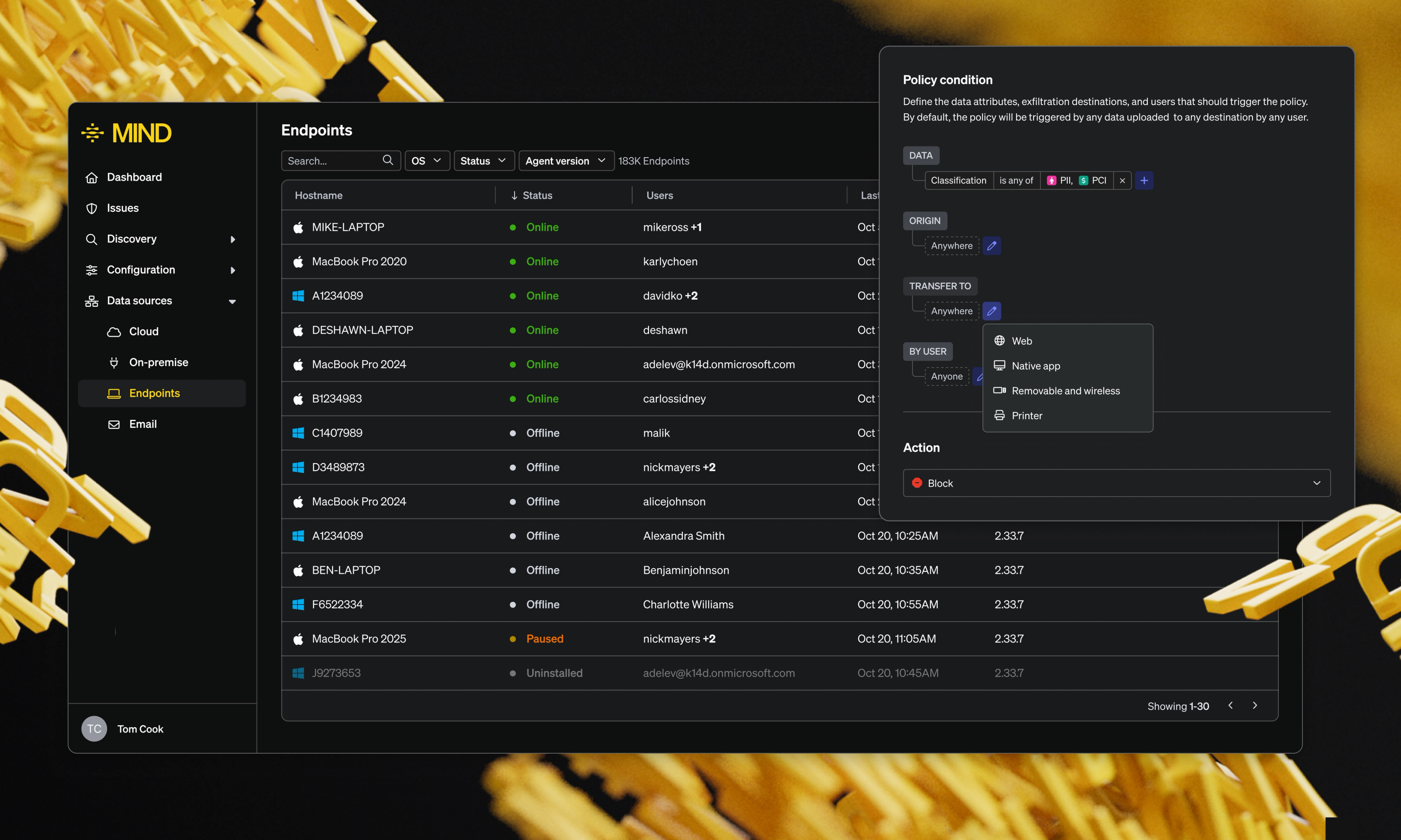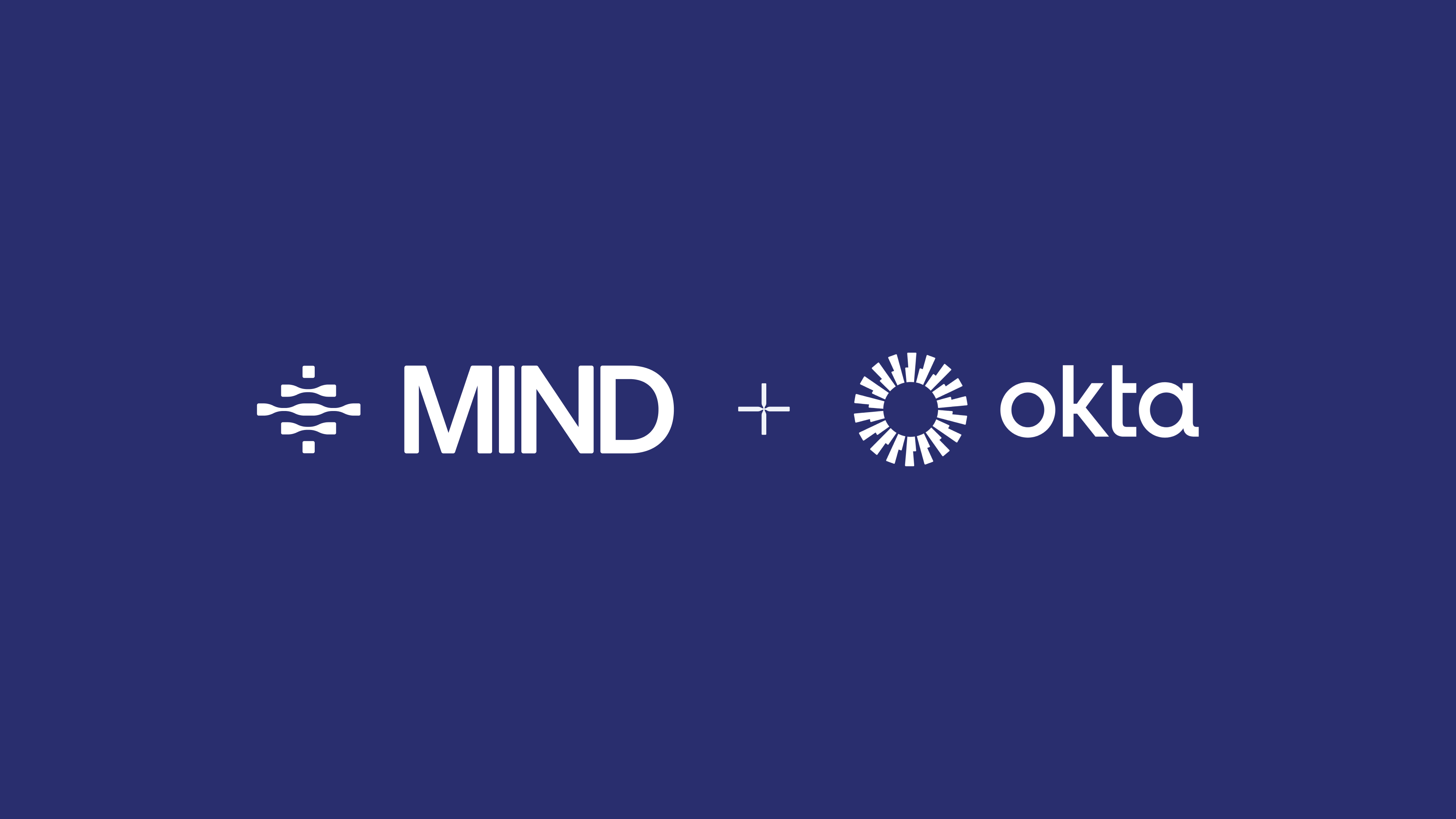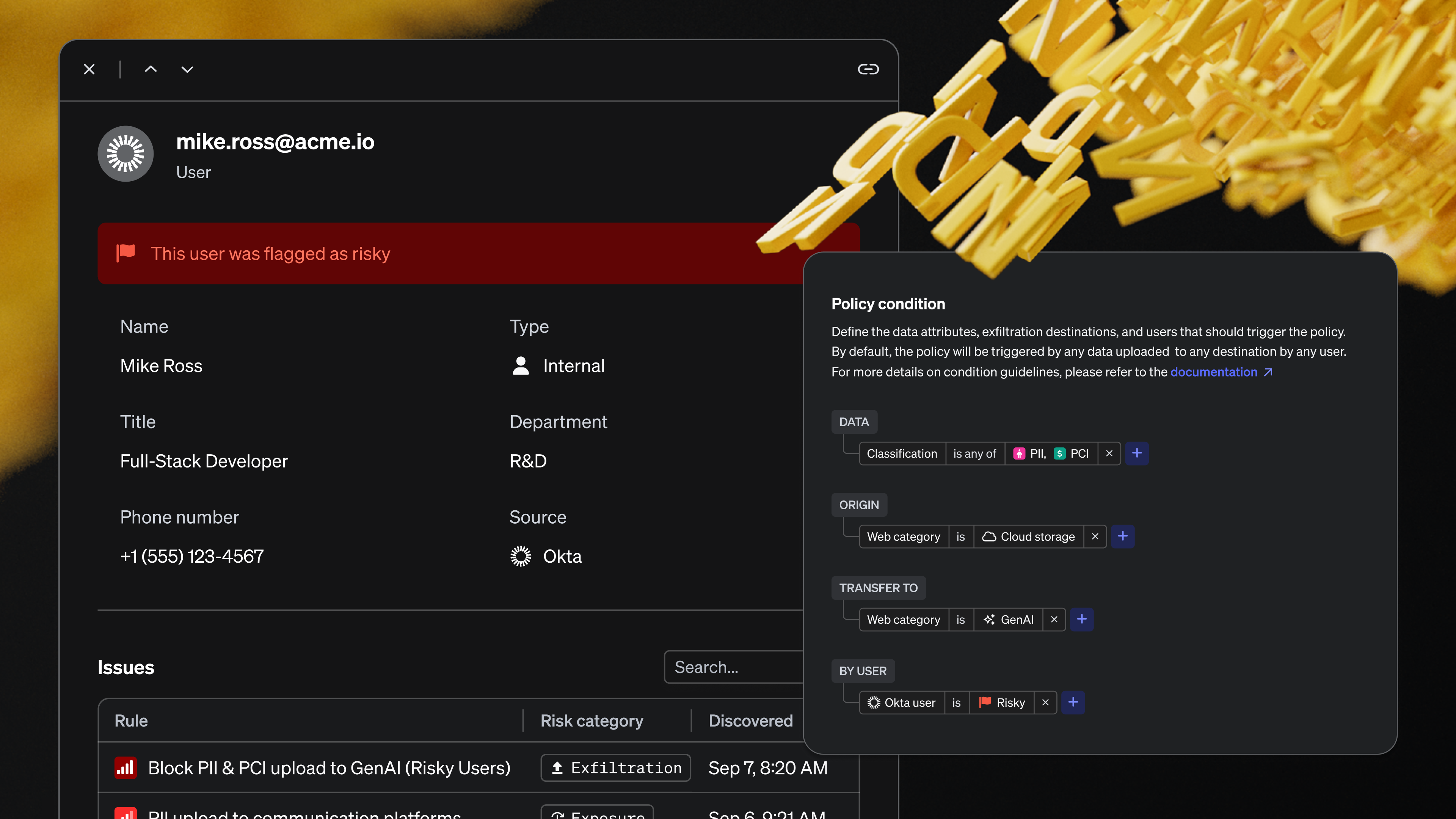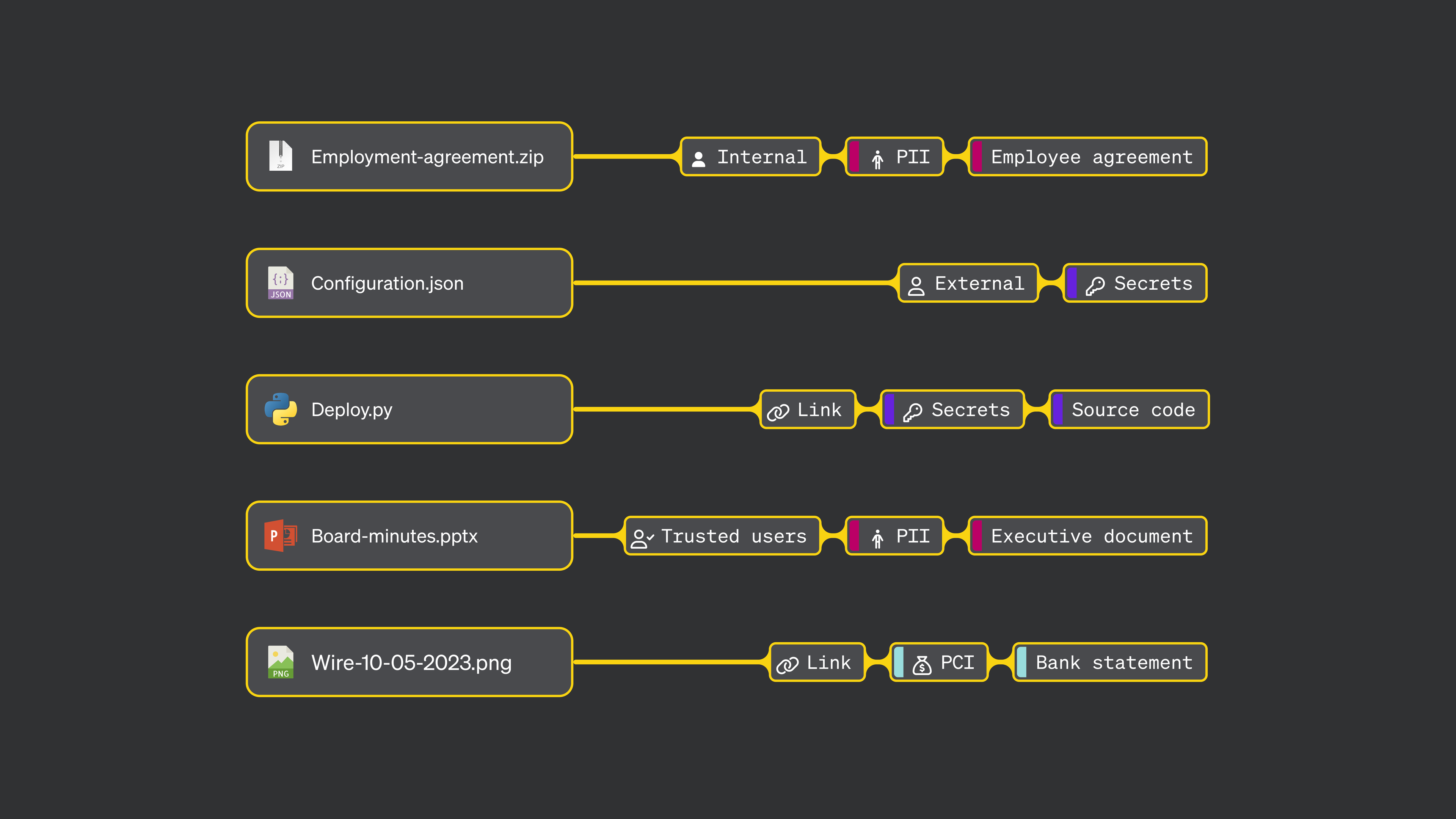You need deep content analysis with contextual intelligence to protect data without disruption.
You need deep content analysis with contextual intelligence to protect data without disruption.
For years, data loss prevention (DLP) relied on a simple assumption: if you could identify content as sensitive, you could stop it from leaking. But in reality, that approach triggered endless false positives, slowed down users and overwhelmed security teams because it relied on manual effort to identify the sensitive content.
Eventually, content-first models gave way to context-aware tools, those that look at behavior, user identity and destination. This shift reduced noise but created a new blind spot: these tools still didn’t understand the details of whether the data is sensitive or not.
You need both perspectives to act with precision.
Real-world examples
- Consider a PowerPoint presentation uploaded to Dropbox. Alone, the context tells you little. But content inspection reveals it contains board meeting notes and projected acquisition targets - business-critical intel headed to an unmanaged account.
- Or take an email sent via Outlook. The context suggests low risk - it’s internal. But the attachment includes hundreds of customer tax IDs pulled from an ERP export. The content changes the risk assessment dramatically.
- Then there's an engineer committing code to GitHub. Context flags the public repository. Content confirms it includes AWS access keys. That’s a serious policy violation.
- Now imagine the opposite: a flagged document from SharePoint. Context raises alarms. But content analysis reveals it’s just a blank contract template, with no proprietary terms or client data. That’s noise you can silence.
Content alone is no longer enough
Trying to prevent a data leak by only inspecting the content is an incomplete lens.
Sensitive content today is varied and complex, often unstructured and includes everything from personally identifiable information like social security numbers, addresses and phone numbers, to payment details such as credit card numbers and bank account information.
It also covers authentication credentials including usernames, passwords and API keys, as well as intellectual property like source code, product schematics and proprietary research. Legal and regulatory documents, contracts, compliance reports, business-critical communications like board minutes and internal memos, protected health information, and operational assets such as engineering drawings, supply chain data and facility blueprints all fall within the scope.
This is nuanced. A string of numbers might be a credit card or just placeholder text. A schematic might be core IP, or just a template. Even a benign-looking spreadsheet could hide columns of customer payment details.
Without understanding content, traditional security systems such as legacy DLP tools, static content filters and rules-based scanners fall short. They fire off alerts without knowing if something truly matters, leaving security teams overwhelmed by noise and missing the threats that count.
Context alone falls short too
Now flip the scenario. You assume anything leaving Salesforce is high-risk. That’s helpful, but imprecise. What about content shared from Box, or downloads from a Git repository? Are all files from these locations equally sensitive? Definitely not.
Not all file activity is high-risk. A PDF sent from an HR folder might be a company policy doc, or it might be a resignation letter with salary information and other PII. Context without content is a half-built map.
Context can help answer: Who moved the file? When did they access it? Did they upload it to Dropbox, email it to a vendor or copy it to a USB drive? Was the user flagged as risky due to recent behavior?
But without knowing what’s in the file, you’re still guessing. Guesswork leads to inefficiency, alert fatigue and the kind of blind spots that leave gaps in your data protection posture.
Content + Context = Confidence
At MIND, we believe modern DLP must understand both content and context equally and in concert.
We go deep on content. Our multi-layer AI classification engine recognizes real-world business data: secrets, financials, PII, contracts, regulatory content and more. We classify sensitive material across document formats, from PDFs and spreadsheets to zip archives and image-based scans.
We enrich that insight with contextual signals: where the file originated, who interacted with it, whether it was shared externally, sent to a personal email, uploaded to a GenAI app or accessed from an unmanaged device.
This dual-layer understanding powers a smarter, more intuitive DLP approach. One that:
- Eliminates false positives
- Detects the incidents that matter
- Automates meaningful, risk-aware remediation
- Enables visibility without obstructing productivity
Effective DLP isn’t about blocking everything.
It’s about blocking the right things intelligently and automatically.
That's what MIND delivers.










